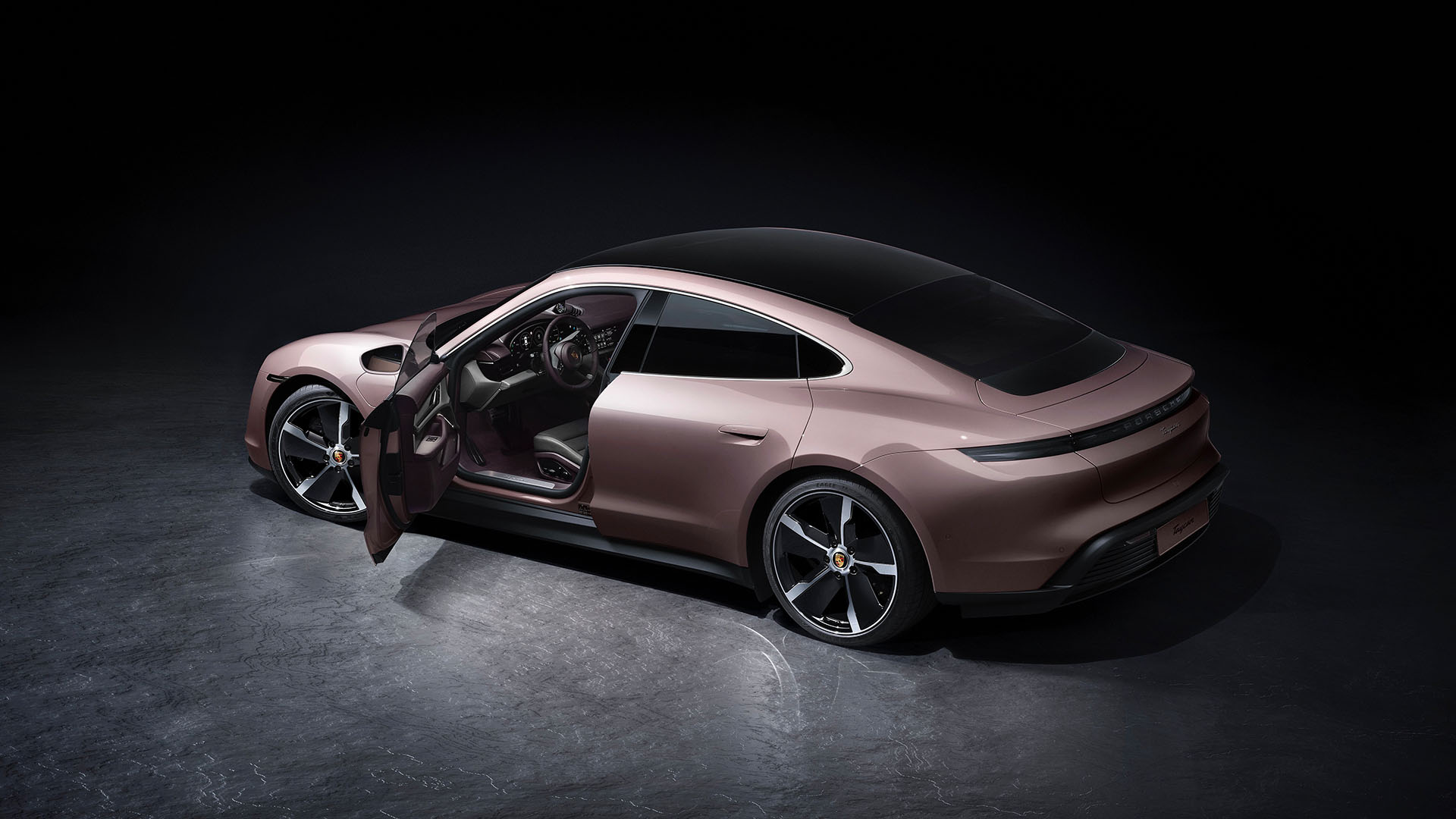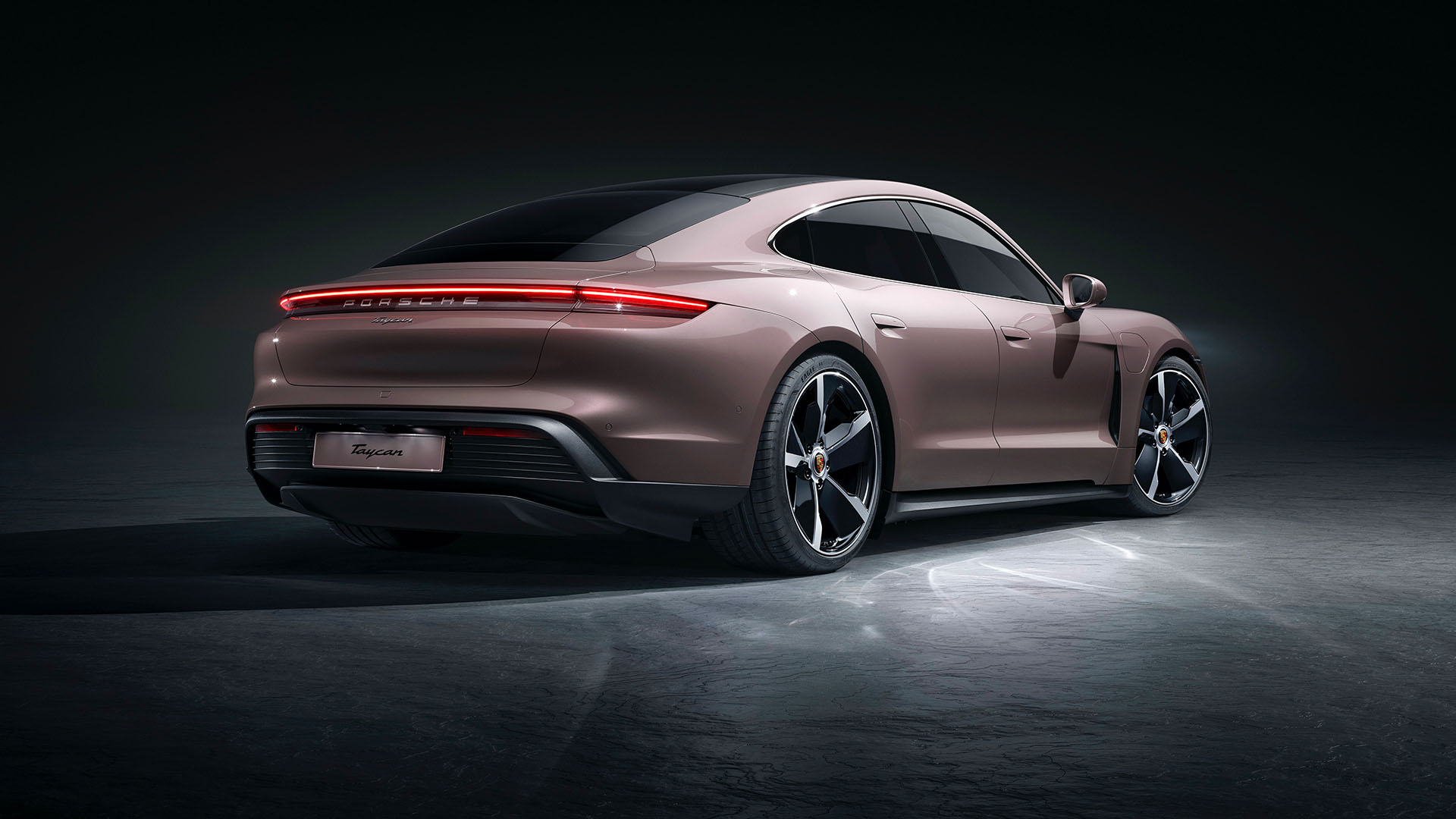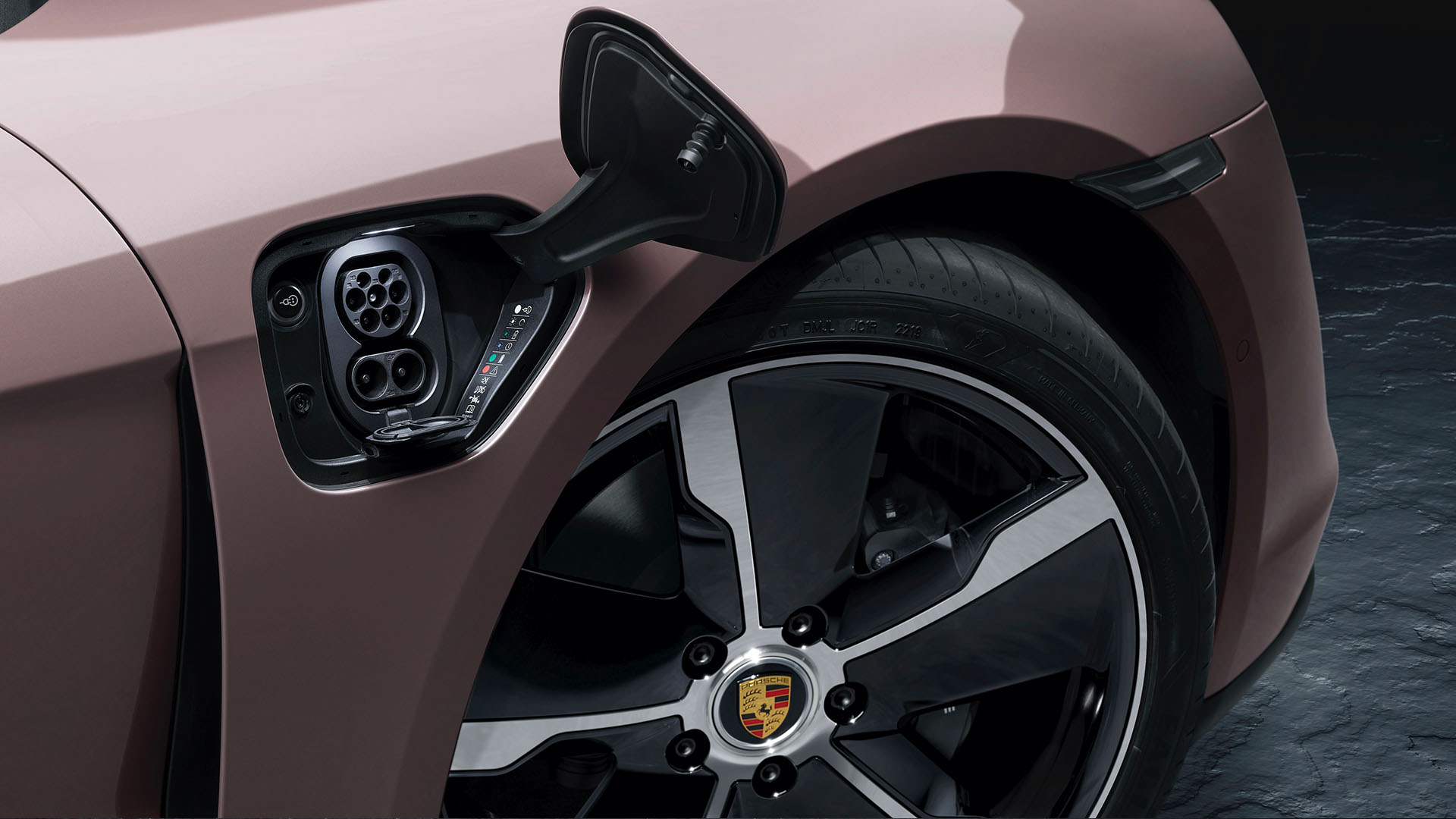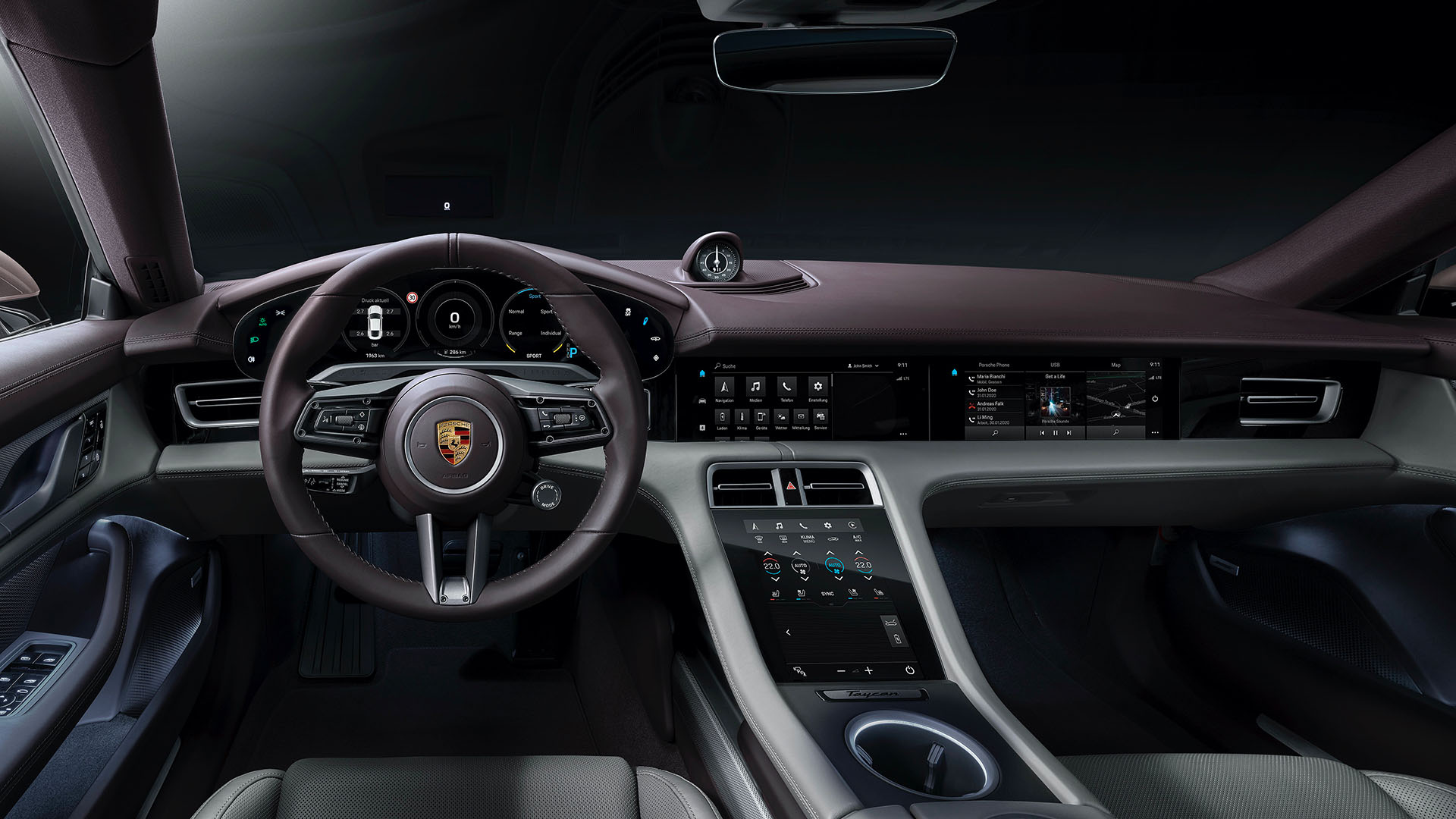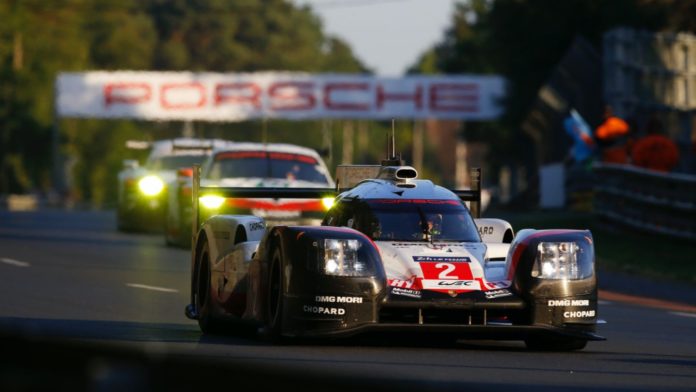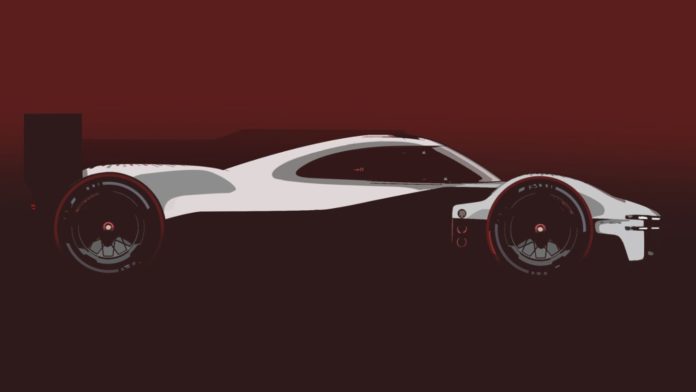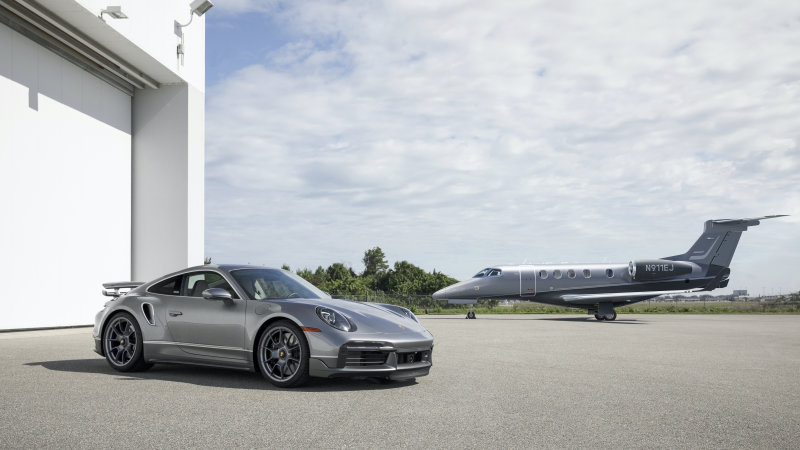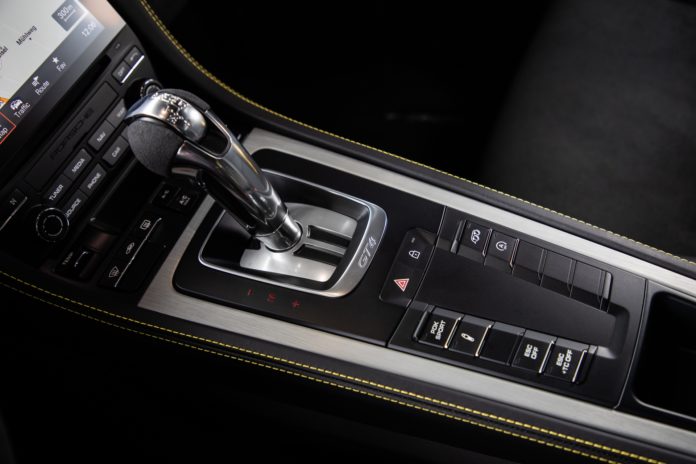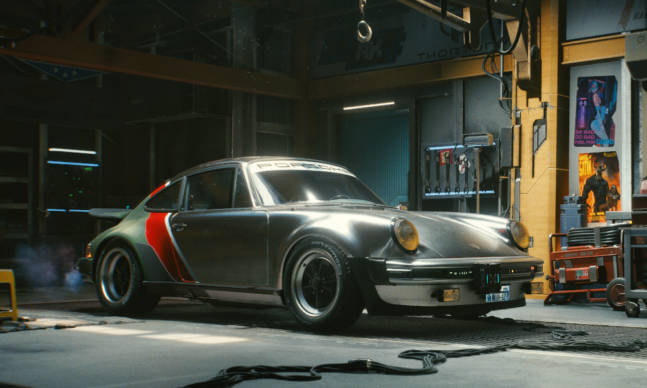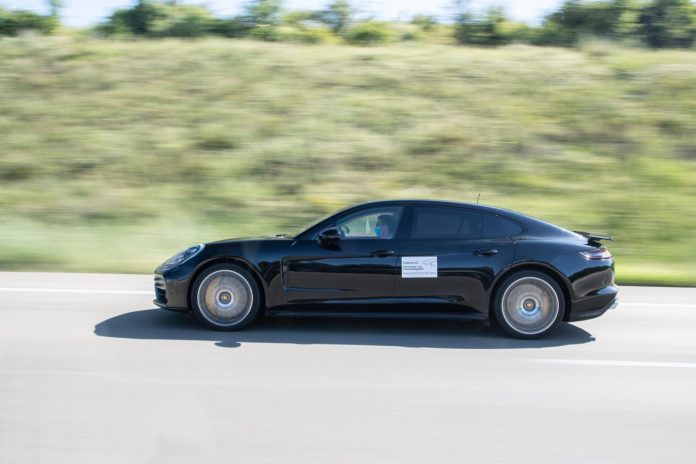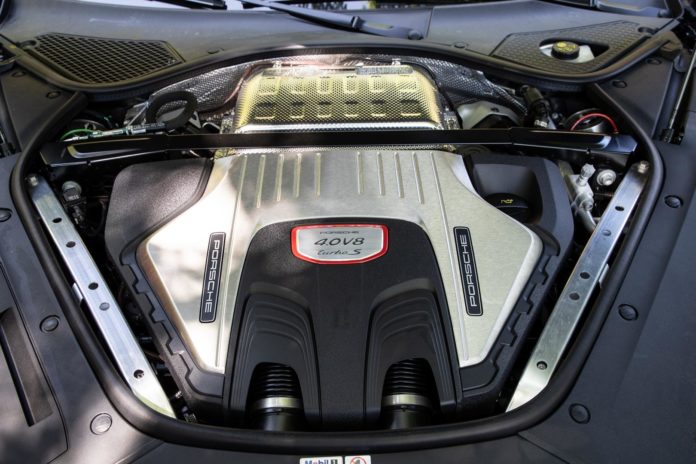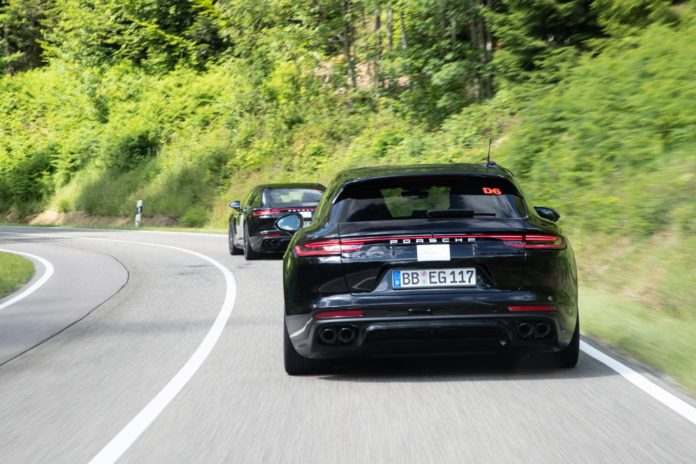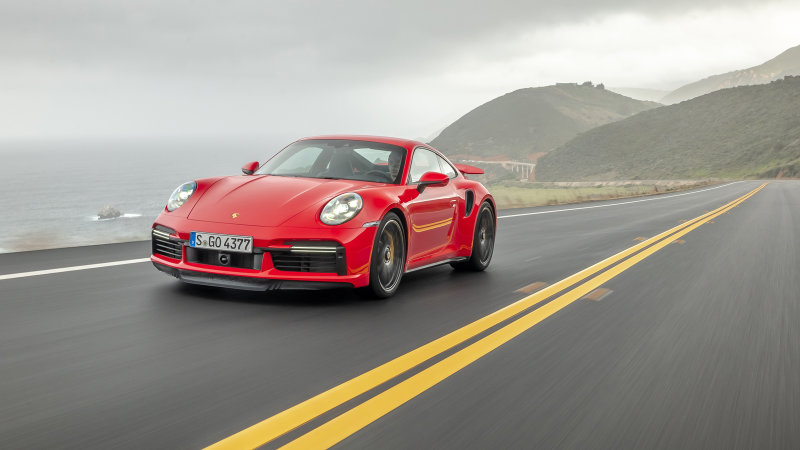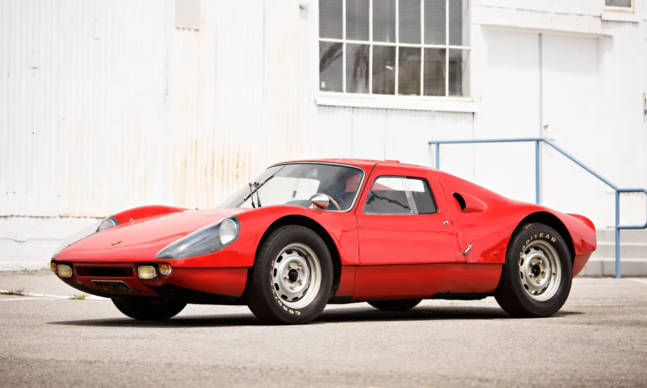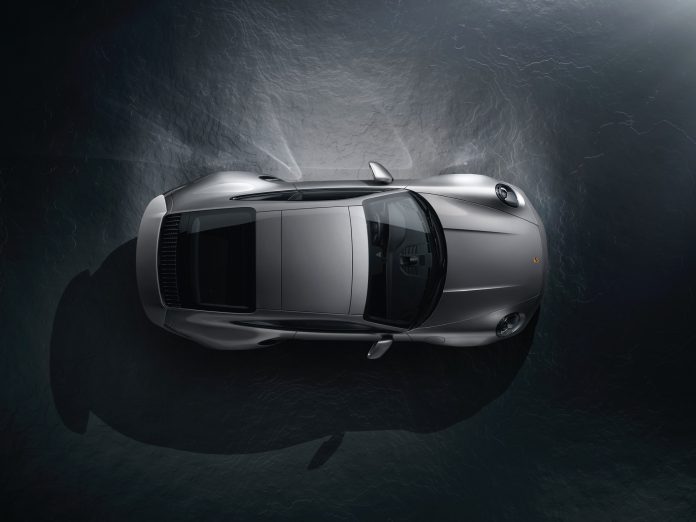NEWBURY, England — There are Porsches with turbocharged gasoline engines not badged as such, while electric ones now carry the famous script despite lacking an internal-combustion engine of any sort. There is, thankfully, no such confusion with the new 2021 911 Turbo S and the excesses of power, performance, tech and swagger it stands for.
We were supposed to experience this around Laguna Seca (plus the Central California roads shown in these pictures), where 1,000-plus horsepower turbocharged Porsches of the legendary Can-Am era once prowled. Instead, more modest, localized drives have been arranged. Hence the key to the Turbo S comes wrapped in a Ziploc bag, pushed at arm’s length across a screened counter with firm instructions to be back by 3 p.m. for full decontamination.
With some 200 horsepower and 200 pound-feet more than a 992 Carrera S, the new Turbo S is unequivocal in its superiority over regular 911s, that huge firepower augmented with expanded aero and tech I’d love to have tested at Laguna Seca. Narrow, twisty English lanes don’t hold quite the same romance, but exploring the huge disparity between the Turbo’s abilities and what you can responsibly get away with at road speeds is an interesting challenge in its own right.
![]()
There is still plenty to appreciate. The basic format is familiar, given a 3.8-liter, twin-turbo flat-six driving all four wheels through a PDK transmission (now an eight-speed), active anti-roll bars, four-wheel steering and more. Up to 368 pound-feet of drive can now go to the front axle, and the car’s footprint has increased, thanks to a 1.8-inch wider front track and bigger wheels, now 20 inches up front and 21 at the rear. The scope and modes of the active aero have also been greatly expanded, with a variable-position rear wing and three-piece, deployable front splitter. To protect the latter, an optional nose-lift system is also available and will, at a later date, gain GPS-enabled actuation to remember locations of steep curbs encountered on regular drives, be that your driveway at home or the entrance to the parking lot of your favorite morning coffee stop.
The engine is new and based on the 3.0-liter in regular 992 Carreras, employing bigger, variable-vane turbos in a new “symmetrical” layout fed by the scoops on the rear fenders and new, additional intakes ahead of the rear wing. Power is up from 580 horsepower to 640 with torque now at 590 pound-feet, the latter increased by 37 pound-feet. Top speed is still 205 mph, but the car gets there quicker, with 0 to 60 mph coming in just 2.6 seconds, while the quarter-mile is demolished three tenths sooner at 10.5 seconds. So, it’s fast. Really, really fast.
You knew that, though. The important thing for the 911 Turbo is not how fast it goes, it’s how it goes fast. And an area Porsche has been working on since the previous 991. In general, the 992 is more refined and GT-like than any 911 that’s gone before. Does the new Turbo follow this path? Or has it been permitted to retain a little of the rawness engineered into its predecessor?
![]()
The answer, thankfully, is both. When cruising, you appreciate the improved refinement and reduction in the tire roar that made previous Turbos a bit of a chore on poor surfaces. As in regular 992s, the new PDK is so slick your only notification of a shift is a twitch in the tachometer needle and slight change in tone. The low-slung cabin is comfortable, expensively finished and full of tech.
Then you turn the little mode selector on the wheel to Sport Plus and realize the $203,500 MSRP is fair, given that you effectively get two cars for the price of one. Increased tech bandwidth puts greater distance between the extremes of the Turbo’s nature, accentuated further by the optional PASM Sport suspension and Sport Exhaust System on our test car. The former drops the car 0.39 inch closer to the ground while the latter unleashes exciting rasps, gargles and whooshes from the engine bay to remind you the Turbo script represents more than just a trim level.
The swell — and sound — of boost is a thrilling appetizer for the explosive rush of acceleration that comes fractions of a second later, this merest hint of lag actually more exciting than the more binary power delivery of older Turbos. Want it even more hardcore? A Lightweight package saving 66 pounds through removal of the rear seats, reduced sound deadening, thinner glass, fixed buckets and a lightweight battery also will be available (at a price yet to be confirmed).
![]()
![]()
Even without that, there’s a sense of tension and focus in the sportier modes contrasting with the more relaxed vibe in the normal setting. You know everything is synthesized, augmented and filtered. But it feels so seamlessly harmonized. Any slack to the wheel is instantly dialed out, the response sharp but faithful, the extra range of movement in the rear-wheel steering helping to shrink the car around you, no matter that it measures 6 feet 3 inches across the rear.
It’s now nearly as wide at the front but, through the corners, that characteristic 911 weight transfer endures. Even at street speeds, you get a whisper of hip shimmy under braking, a lightness in the nose if you don’t settle it before turning in, the squat and rotation as you nail the throttle and the violent eruption of boost-enhanced acceleration as the wheel unwinds on corner exit. That Porsche has used tech as a means to communicate these sensations even at relatively modest speeds is a relief to those fearing a digitized Turbo experience. And you know it could deliver the same 365 days a year on any road, come rain or shine.
There is nothing revolutionary about the new 911 Turbo S. But that’s not what anyone wants. Based on more than four decades of rich heritage, there is absolutely no confusion about what Turbo stands for.
Related video:


